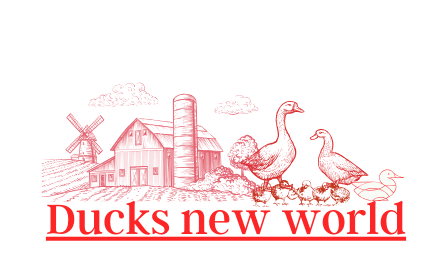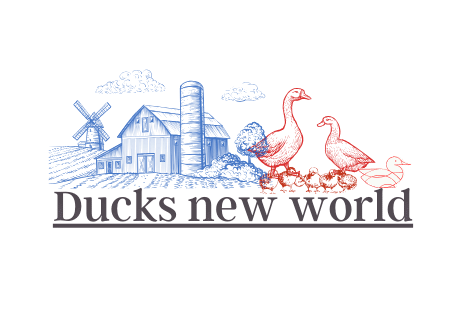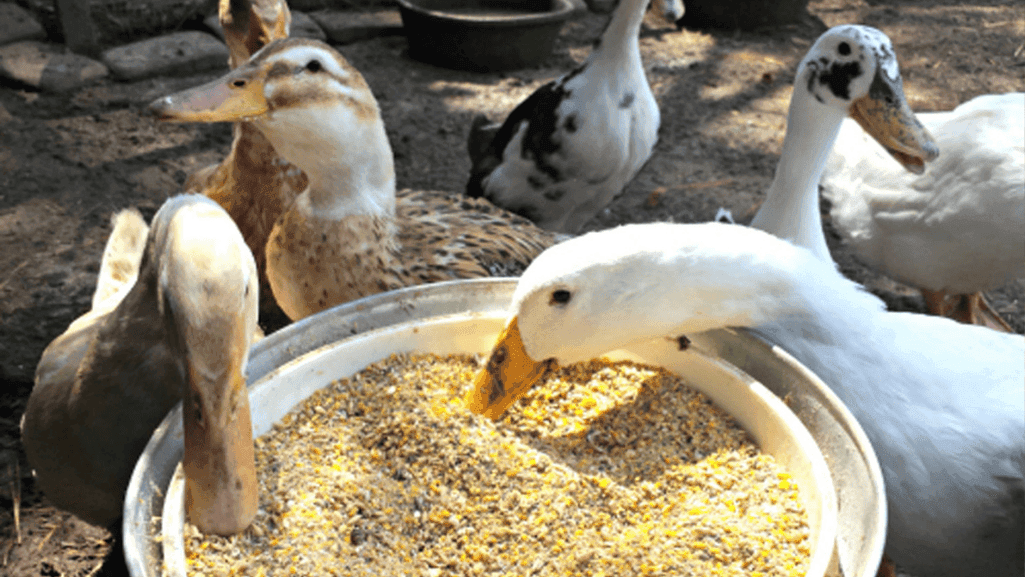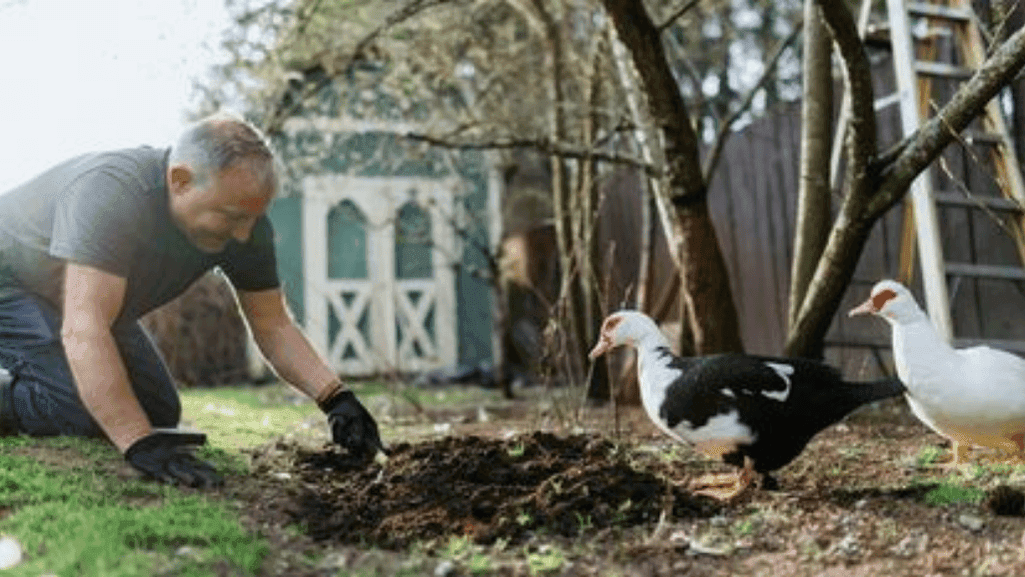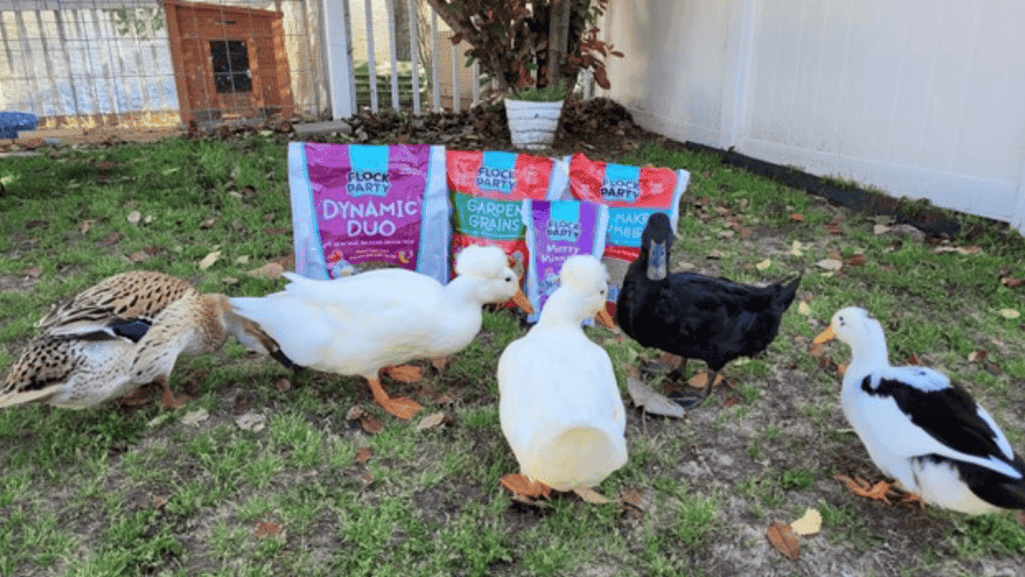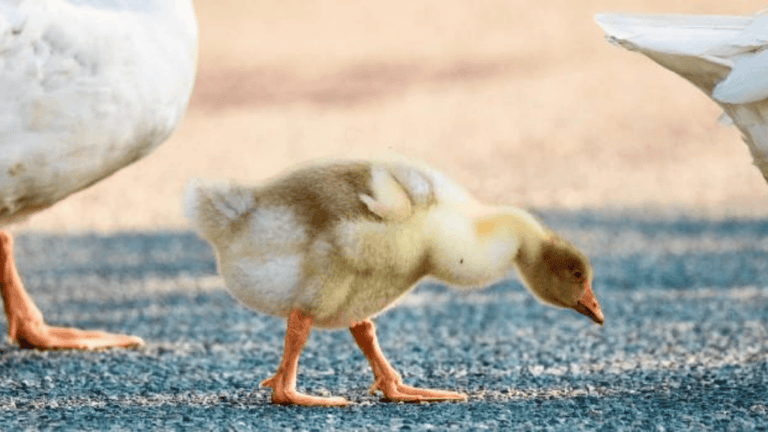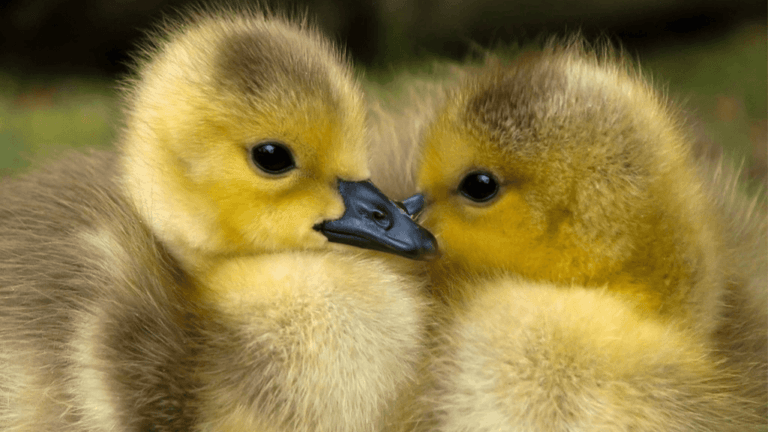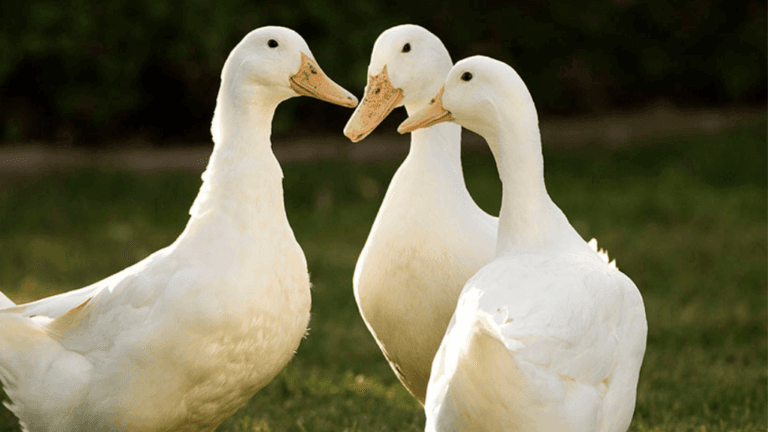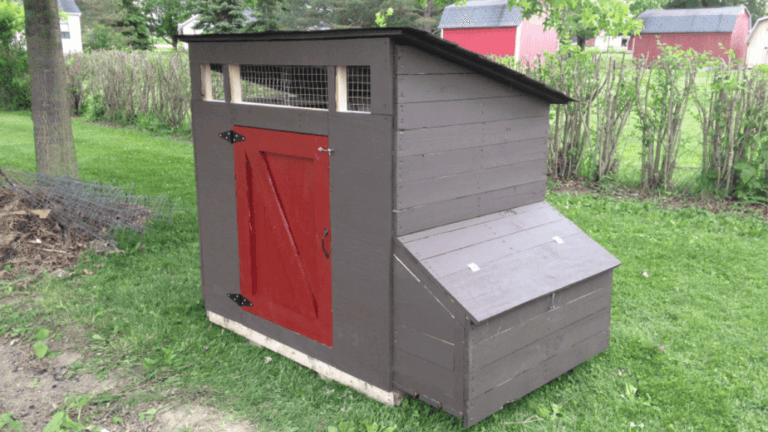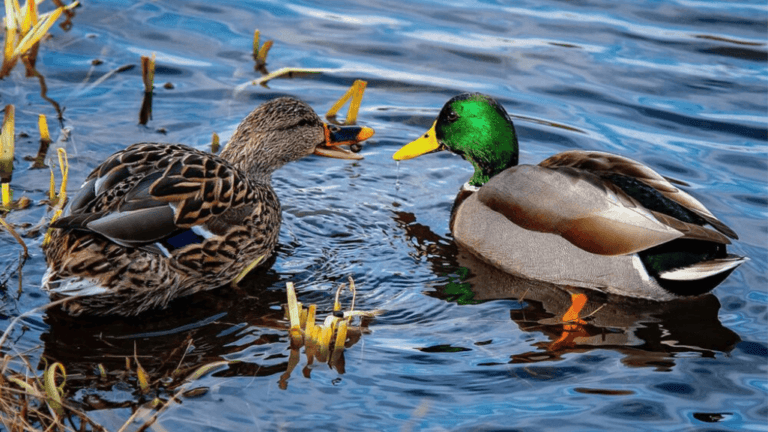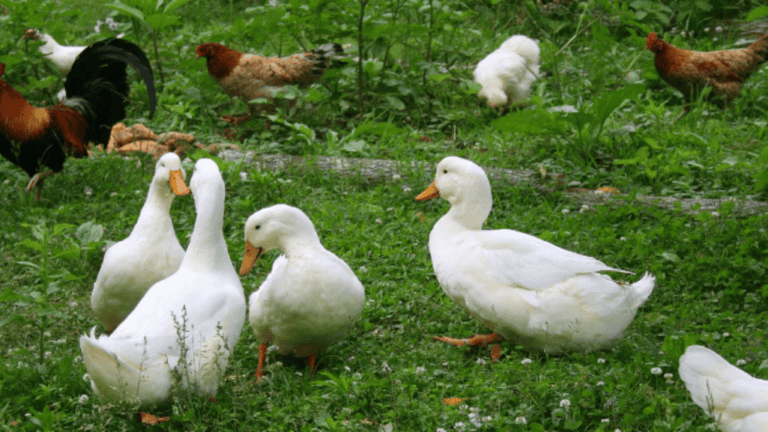Ducks are fascinating creatures with diverse diets. Their diets change based on their natural habitats and life stages. Knowing what ducks eat naturally is key for their health, whether as pets or for farming. This guide will cover their dietary needs, foraging habits, and safe foods.
Ducks eat a wide range of foods in the wild. This includes aquatic plants, small fish, insects, seeds, and berries. As they grow, their diet changes, needing more protein. While duck feed is best, chicken feed can substitute if needed.
But, it’s important to avoid certain foods. Bread and processed foods are not good for them. They lack nutrients and can cause health problems. Also, some plants and fungi are poisonous to ducks. Always check which plants to avoid in your area.
Feeding ducks too much human food can also be bad. It can lead to obesity and malnutrition. Stick to their natural diet for their health.
Key Takeaways
- Ducks are omnivores and eat a variety of foods in the wild, including aquatic plants, small animals, insects, and seeds.
- Duckling dietary requirements differ from adult ducks, with higher protein needs during growth stages.
- Commercial duck feed is recommended for balanced nutrition, but chicken feed can be used if supplemented with niacin and grit.
- Avoid feeding ducks bread, processed foods, toxic plants, and excessive human food to maintain their health.
- Research the specific nutritional needs of ducks at different life stages to ensure proper feeding practices.
Understanding a Duck’s Diet
Ducks are fascinating creatures with diverse dietary habits. Their diet varies by species and habitat. As omnivores, they eat a mix of plants and animal proteins. Knowing their natural food sources is key to their health and the health of their habitats.
Natural Dietary Habits of Ducks
In the wild, ducks forage in many ways. Dabbling ducks, like mallards, feed in shallow water and on land. They eat vegetation and insects. Diving ducks, such as eiders, dive deep to catch fish and plants.
These aquatic bird diets change with the seasons. They adapt to find food when it’s available.
The Importance of Plant Matter
Aquatic plants are a big part of a duck’s diet. They provide nutrients and energy. Ducks eat grasses, sedges, and wetland plant seeds.
In winter, they also eat agricultural crops and berries. Keeping wetlands healthy is important for their food supply.
“Wetlands are vital habitats for ducks as they support diverse food webs including insect and fish species, essential for their diet.” – Conservation Expert
Insects and Small Animals in Their Diet
Ducks also eat animal proteins like insects and fish. Dabbling ducks eat insects on land. Diving ducks eat aquatic animals like clams.
Fish are a small part of most ducks’ diets. Mergansers, though, are fish-eaters. They also eat fish eggs, amphibians, and small reptiles. This variety shows the importance of preserving their habitats.
Understanding ducks’ dietary needs helps us protect them. We must preserve wetlands and feed them responsibly. This ensures their well-being and the health of their ecosystems.
Common Foods Ducks Enjoy
Ducks have a wide range of tastes, enjoying many foods in the wild. It’s important to know what foods are good and safe for them. Let’s look at some common foods that ducks love and do well on.
Grains and Seeds
Grains and seeds are key in a duck’s diet. They love corn, barley, oats, and wheat. In the wild, mallards eat seeds from plants like acorns, rice, and wheat.
But, bread is not a good choice. It has little nutrition and can cause health problems like “angel wing.” This is when a duck’s wings grow wrong because of a bad diet.
Instead of bread, try giving ducks bird seeds or seeds from the fruit and nut aisle. Oats, like flapjacks and instant oats, are also good for them. Rice, cooked or uncooked, is another good option.
Fruits and Vegetables
Fruits and vegetables are great treats for ducks, but should only make up 10% of their diet. Safe fruits include most kinds, except citrus. Good vegetables include lettuce, cabbage, corn, peas, broccoli, and tomatoes.
Leafy greens and non-treated weeds are also liked by ducks. Lettuce, even bagged kinds that are thrown away, is a good choice instead of bread. Frozen peas, thawed, are also a good option. Always feed ducks the right foods in the right amounts for a balanced diet.
Aquatic Plants and Algae
Duckweed is a favorite food of ducks. It can make up to 50% of their diet, which is cheaper than commercial feed. But, duckweed alone is not enough and needs to be mixed with other foods.
“Feeding ducks with a variety of safe and nutritious foods is key to their overall health and well-being.”
By giving ducks a mix of grains, seeds, fruits, vegetables, and aquatic plants, they get the nutrients they need. Always feed ducks responsibly and in moderation. This helps them stay healthy and prevents health problems.
Nutritional Needs of Ducks
To keep your ducks healthy, give them a balanced diet. They need proteins, vitamins, and minerals for growth and egg-laying.
Protein Requirements
Duck protein needs change with age. Ducklings need 18-20% protein for the first three weeks. Then, they need 15-16% protein.
Adult ducks need 16% protein for egg-laying. Drakes and non-laying ducks need 14%. In winter, they need 12-14% protein. Adult layers need about 1,300 calories a day, with 16% protein.
Vitamins and Minerals
Ducks need many vitamins and minerals for health. Calcium is key for strong eggshells. Laying ducks need more calcium than non-laying ducks.
Niacin for ducks is also important. They need almost twice as much niacin as chickens. They also need Vitamin A, Vitamin D3, Vitamin E, and B vitamins.
Maintaining a Balanced Diet
For balanced nutrition, give ducks clean water and grit. Use high-quality feed or homemade diets. Avoid old or moldy food, as it can harm them. Grains should be only 10% of their diet.
“Ducks require a balanced diet with the right proportions of proteins, vitamins, and minerals to maintain optimal health and productivity.”
Understanding and meeting your ducks’ nutritional needs is key. It ensures their health, growth, and well-being.
Foods to Avoid Feeding Ducks
It’s tempting to share snacks with ducks, but not all foods are safe. 60% of common items fed to ducks are not good for them. Knowing what not to feed ducks and avoiding toxic foods for ducks is key.
Bread and Processed Foods
Many think bread is bad for ducks. But bread lacks nutrients and can harm their health. Ducks need a diet full of protein, vitamins, and minerals, which bread doesn’t offer.
Feeding ducks bread can make them malnourished and dependent on humans. This disrupts their natural foraging habits.
Toxic Plants and Fungi
Some plants and fungi are toxic to ducks. Avocado, onion, garlic, and wild mushrooms are poisonous. Also, avoid dairy products, citrus fruits, spinach, and nightshade plants.
Feeding ducks spoiled or moldy food can be deadly. Mold can harm waterfowl.
Excessive Human Food
While treats like leafy greens and mealworms are okay, too much human food is bad. It can lead to nutritional deficiencies. Stick to duck feed or homemade diets that are well-researched.
Remember, snacks should not make up more than 10% of their diet.
Ducks are omnivorous birds, consuming a variety of foods. Some preferred foods include cracked corn, wheat, barley, oats, rice, birdseed, grapes, nuts, frozen peas or corn, earthworms, mealworms, lettuce, vegetable trimmings, and duck feed pellets.
To keep ducks healthy, avoid feeding ducks processed foods and non-edible items. Choose nutritious vegetables, whole grains, and waterfowl food pellets instead. This way, we help them thrive in their natural habitats.
Tips for Feeding Ducks Responsibly
Feeding ducks can be fun, but it’s important to do it right. Choose the right feed for their age and needs. Silver Bantam Ducks need a balanced diet to stay healthy. Ducklings need starter feed, while adult ducks need grower or layer feed.
Don’t use medicated chick feed for ducks. It can harm them. Adjust their diet with the seasons. In winter, they need less protein. Always give them clean water and grit, and limit treats to 10% of their diet.
How to Choose the Right Food
Choose food that’s rich in nutrients for ducks. Grains like corn and oats are good. So are duck feed pellets and leafy greens like lettuce and spinach. Pet stores have special duck food.
Feeding Ducklings vs. Adult Ducks
Ducklings need more protein than adult ducks. They grow fast and need it. Starter feed has about 20-22% protein. As they grow, they need less protein.
Adult ducks need a diet that keeps them healthy. If they’re laying eggs, they need special feed. Never give ducklings medicated chick feed. It’s bad for them.
Seasonal Feeding Considerations
Seasons change what ducks need to eat. In winter, they need less protein. Too much can harm them.
In spring and summer, they need more protein. Adjust their feed to keep them healthy all year. Give them greens and grit or crushed oyster shells for extra nutrients.
